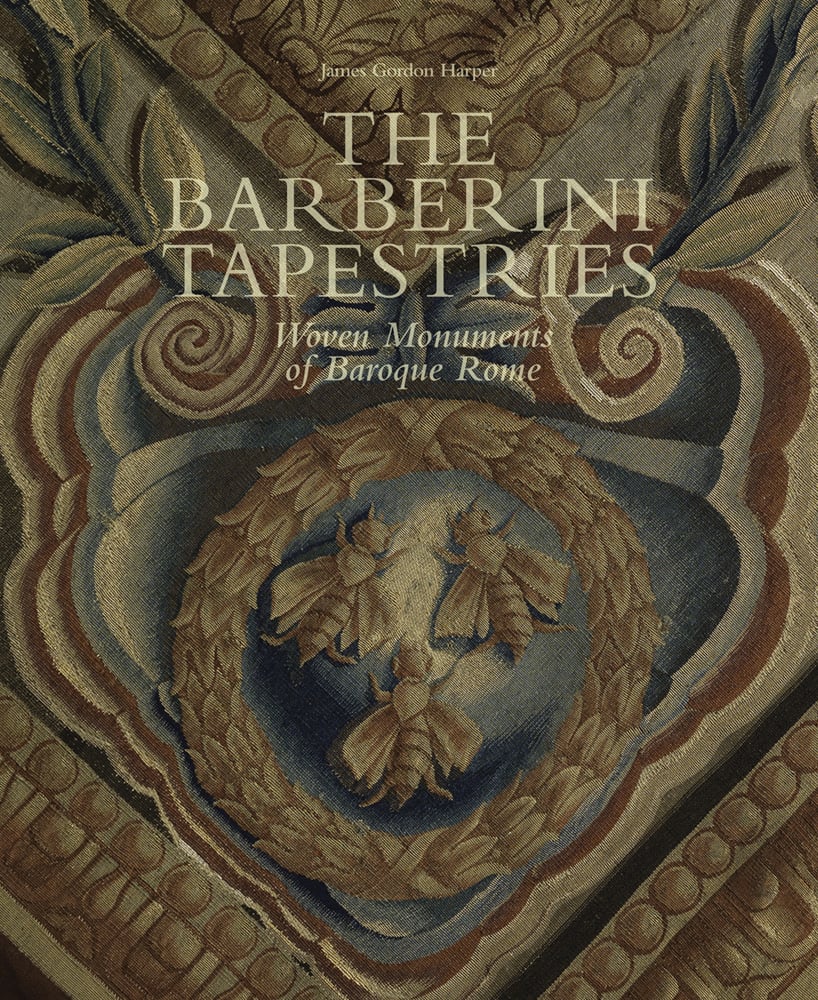
Barberini Tapestries
Woven Monuments of Baroque Rome
Log in to add this to your wishlist.
Share This Book...
- This book is the result of an intense conservation effort, which restored these magnificent works of art to their former glory after a fire burnt two of the tapestries and damaged four more in 2001
- Accompanied by two important exhibitions on America's East and West coasts
- These tapestries are fragments of history: they were once displayed at St. Peter's Basilica and in the Sistine Chapel
Full Description
This book is the first sustained scholastic treatment of the Life of Christ tapestries, which were commissioned by Pope Urban VIII’s nephew, Cardinal Francesco Barberini. Covering over 2800 square feet, the series is one of the grandest monuments of seventeenth century Rome. A close reading of each panel sets the tapestries into a number of overlapping contexts; they indicate the stylistic advances of the high Baroque period, as well the political and social agendas of their patrons.
The introductory chapter lays out the context of Urban VIII’s Rome. Subsequent chapters reconstruct the history of Cardinal Barberini’s private tapestry commissions, and the activity of Giovanni Francesco Romanelli, the supervising designer of the Life of Christ. The contemporary usage and display of the tapestries is discussed, as is the transfer of the series to the United States and its subsequent display in New York’s Cathedral of St. John the Divine. The final chapter is dedicated to technical aspects of the panels, recounting their recent conservation.
Details of the accompanying exhibitions: New York, NY (Cathedral of St. John the Divine) February 2017-June 2017; Eugene, Oregon (Jordan Schnitzer Museum of Art) September 2017-January 2018.
Specifications
- Publisher
- Officina Libraria
- ISBN
- 9788899765316
- Published
- 3rd Apr 2017
- Binding
- Hardback
- Territory
- USA & Canada
- Size
- 9.84 in x 12.01 in
- Pages
- 176 Pages
- Illustrations
- 126 color
Our Catalogs
View Catalogs
Browse Our Books
Browse
Recently Viewed
Please log-in or create an account to see your recent items.